Is Coconut Water Healthy For You?
 If you’ve noticed, coconut water has become quite popular. One reason is that it’s touted as being quite healthy. Before we go into whether it’s really that good for you, you need to know what coconut water is. It’s actually not water, but the juice that comes from the coconut. When you combine that juice with freshly grated coconut, you get coconut milk. Many people use coconut water to replace sports drinks, since it contains natural amounts of electrolytes, such as calcium, potassium and sodium, but some people feel that plain water is just as good for rehydrating.
If you’ve noticed, coconut water has become quite popular. One reason is that it’s touted as being quite healthy. Before we go into whether it’s really that good for you, you need to know what coconut water is. It’s actually not water, but the juice that comes from the coconut. When you combine that juice with freshly grated coconut, you get coconut milk. Many people use coconut water to replace sports drinks, since it contains natural amounts of electrolytes, such as calcium, potassium and sodium, but some people feel that plain water is just as good for rehydrating.
Coconut water might benefit heart health and aid diabetics.
There are numerous studies presently being conducted on the benefits of coconut water. Some have shown coconut water might be of benefit for lowering blood pressure and improving heart health. Diabetics may benefit from drinking coconut water. Not only is it lower in calories than traditional fruit juices, it also may lower blood sugar levels and help control blood sugar. Drinking coconut water has shown it can lower markers for oxidative stress.
You’ll get stronger teeth and bones if you drink coconut water instead of sugary soft drinks.
Coconut water contains calcium, which is necessary for strong bones and teeth. It can help stave off loss of bone density that occurs as people age. It’s especially important for people that can’t tolerate milk products due to lactose intolerance or allergies. Not only will you get a sweet taste from coconut water and coconut milk, making it a good substitute for soft drinks, you won’t consume as many calories or have to worry about the effects of sugar on your teeth.
Coconut water may be a beauty aid.
Coconut water is loaded with antioxidants and those help eliminate free radicals. Free radicals can damage cells and even cause cell death. Cell death causes aging to accelerate. If you’re under stress, coconut water can protect your cells. Are you trying to lose weight? The manganese in coconut water can help boost your metabolism.
- While drinking plain water is effective in helping to flush out kidney stones, drinking coconut water has been shown to be more effective. The potassium in coconut water can also help prevent cramps.
- Coconut water contains vitamin C. That can boost your immune system and help you fight off diseases. If you feel a cold coming on, increase your intake of coconut water for this very important vitamin.
- Coconut water has carbs that can give you a boost during your workout. You can drink it before a workout, sip it during a workout or drink it afterward to boost your energy level.
- Gastrointestinal illness can lead to dehydration. Not only does coconut water replenish your minerals and fluids, it also has amino acids, which can help with the actual problem to eliminate the diarrhea.
For more information, contact us today at Next Level Fitness



 Each person has a different prime workout time. There’s no right or wrong time, since it’s based on your internal clock. Do you jump out of bed in the morning, ready to face the day, or are you constantly hitting the snooze button, finally dragging yourself out of bed? The most important thing you can do is simply start a workout program, even if you have to adjust the time later for a time that works better with your schedule and your body.
Each person has a different prime workout time. There’s no right or wrong time, since it’s based on your internal clock. Do you jump out of bed in the morning, ready to face the day, or are you constantly hitting the snooze button, finally dragging yourself out of bed? The most important thing you can do is simply start a workout program, even if you have to adjust the time later for a time that works better with your schedule and your body.
 Even if you workout three times a week at Next Level Fitness in Irvine, CA, it’s still important to keep active when you aren’t at the gym. Studies show that even if you workout regularly, you’ll lose a lot of the benefit if you regularly sit for longer than an hour. If you have a desk job or are at the computer, take five minutes out of every hour to move. It can be something as simple as just getting up and walking around the room or even doing a simple exercise, like jogging in place. You’ll feel better, do your body a favor and be more alert to finish your mental work more quickly, since the movement stimulates blood flow.
Even if you workout three times a week at Next Level Fitness in Irvine, CA, it’s still important to keep active when you aren’t at the gym. Studies show that even if you workout regularly, you’ll lose a lot of the benefit if you regularly sit for longer than an hour. If you have a desk job or are at the computer, take five minutes out of every hour to move. It can be something as simple as just getting up and walking around the room or even doing a simple exercise, like jogging in place. You’ll feel better, do your body a favor and be more alert to finish your mental work more quickly, since the movement stimulates blood flow.
 What is your healthiest version of you? If you don’t know or haven’t experienced the healthiest you for a while, it’s time to make a change. You could look better, feel better and enjoy the benefits of good health and more energy by starting today. If you take your car to the mechanic for regular oil changes and other maintenance, are you treating your body as well as you do your vehicle? If the answer is no, then you have to ask, “why not?”
What is your healthiest version of you? If you don’t know or haven’t experienced the healthiest you for a while, it’s time to make a change. You could look better, feel better and enjoy the benefits of good health and more energy by starting today. If you take your car to the mechanic for regular oil changes and other maintenance, are you treating your body as well as you do your vehicle? If the answer is no, then you have to ask, “why not?”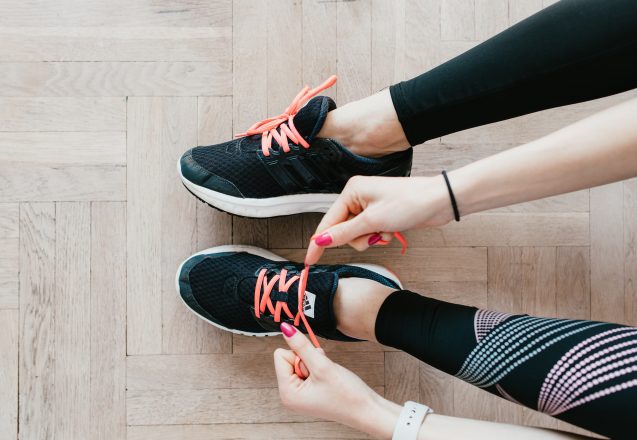
 If you can’t get to the gym, time is at a minimum or you’re cooped up overnight at a hotel, running in place can be a viable alternative to a good workout that focuses on all types of exercise and the entire body. You can modify your in place running by doing high knee kicks, jump squats and butt kicks to make it even more effective. Best of all, it’s good for those times when you’re at the breaking point and need to get rid of stress or simply have been sitting for long periods and need a little break.
If you can’t get to the gym, time is at a minimum or you’re cooped up overnight at a hotel, running in place can be a viable alternative to a good workout that focuses on all types of exercise and the entire body. You can modify your in place running by doing high knee kicks, jump squats and butt kicks to make it even more effective. Best of all, it’s good for those times when you’re at the breaking point and need to get rid of stress or simply have been sitting for long periods and need a little break.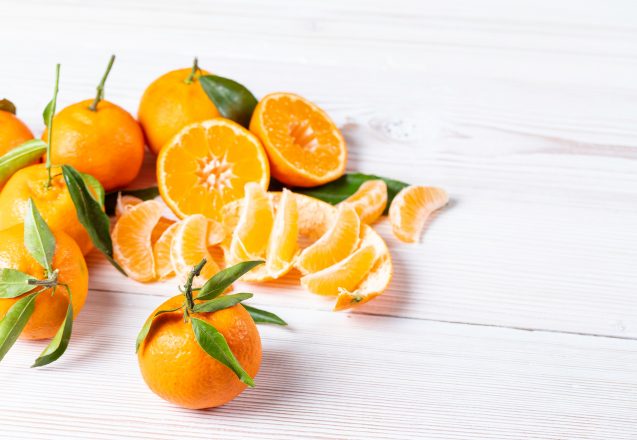
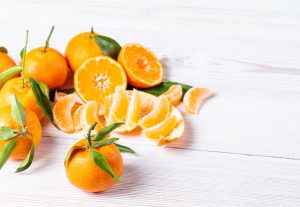 Here in Irvine, CA, people are focused on staying healthy during the spread of the virus. We agree that managing your health during a pandemic is important, but also feel that it should be part of your life at all times. There are facts that are known about this particular virus that should make everyone take notice of their own health. Of course, age is a big factor and you can’t control your chronological age, but you can have an effect on your biological age. What’s the difference? One is how long you’ve been on the earth—chronological—and the other—biological age—is the impact your lifestyle and genetics plays on the damage and death of cells that causes the body to show signs of aging.
Here in Irvine, CA, people are focused on staying healthy during the spread of the virus. We agree that managing your health during a pandemic is important, but also feel that it should be part of your life at all times. There are facts that are known about this particular virus that should make everyone take notice of their own health. Of course, age is a big factor and you can’t control your chronological age, but you can have an effect on your biological age. What’s the difference? One is how long you’ve been on the earth—chronological—and the other—biological age—is the impact your lifestyle and genetics plays on the damage and death of cells that causes the body to show signs of aging.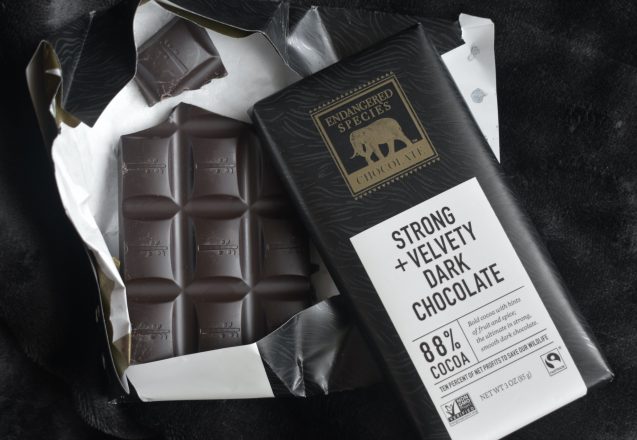
 You don’t have to eat cardboard flavored biscuits to get healthy, there health benefits from eating dark chocolate. That’s right! Chocolate can be good for you. However, you must remember that the amount you eat and the type of chocolate makes a difference. Not all chocolate is created equally and the healthy kind is the dark chocolate. It has less or no milk added and far less sugar. Less milk means less interference with the absorption of the polyphenols found in the cocoa bean and more of it. Dark chocolate also has a better healthy fat profile.
You don’t have to eat cardboard flavored biscuits to get healthy, there health benefits from eating dark chocolate. That’s right! Chocolate can be good for you. However, you must remember that the amount you eat and the type of chocolate makes a difference. Not all chocolate is created equally and the healthy kind is the dark chocolate. It has less or no milk added and far less sugar. Less milk means less interference with the absorption of the polyphenols found in the cocoa bean and more of it. Dark chocolate also has a better healthy fat profile.
 If you feel shaky after a workout, you might be concerned that something is wrong with you. In most cases, there’s no need for concern. It’s quite normal and can happen for a number of reasons. Even though most of those reasons shouldn’t alarm you needlessly, there’s no reason to ignore ones that indicate a more serious problem. Learning the common causes is important and can help you avoid the shakiness. When you feel shaky, note any other symptoms that occur at the same time.
If you feel shaky after a workout, you might be concerned that something is wrong with you. In most cases, there’s no need for concern. It’s quite normal and can happen for a number of reasons. Even though most of those reasons shouldn’t alarm you needlessly, there’s no reason to ignore ones that indicate a more serious problem. Learning the common causes is important and can help you avoid the shakiness. When you feel shaky, note any other symptoms that occur at the same time.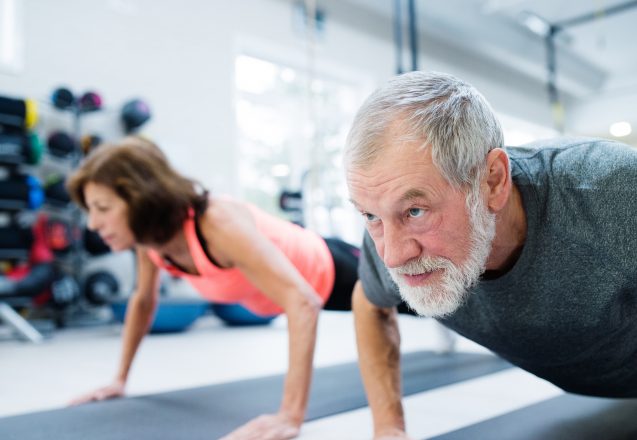
 You may notice many older people have less muscle mass. That’s because of sarcopenia, which is muscle loss due to aging and related to a reduction in hormones. You can slow the process and even reverse it in some cases and many of my senior members at Next Level Fitness in Irvine, CA, prove it all the time. At one time, it was just accepted that you had to get older and more feeble as you age, but not today. While you can’t completely stop aging, you can slow and even reverse muscle loss with exercise and a healthy diet.
You may notice many older people have less muscle mass. That’s because of sarcopenia, which is muscle loss due to aging and related to a reduction in hormones. You can slow the process and even reverse it in some cases and many of my senior members at Next Level Fitness in Irvine, CA, prove it all the time. At one time, it was just accepted that you had to get older and more feeble as you age, but not today. While you can’t completely stop aging, you can slow and even reverse muscle loss with exercise and a healthy diet.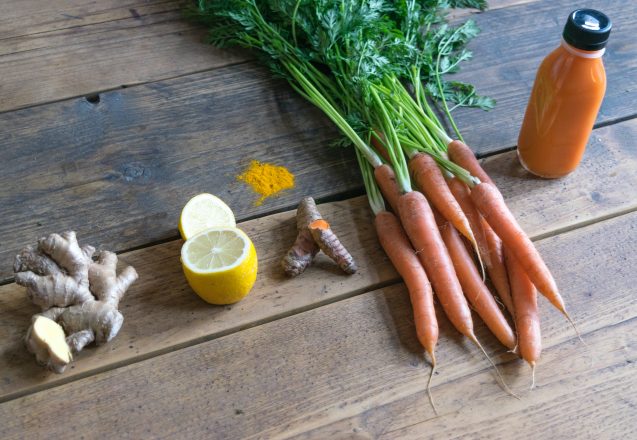
 You are what you eat and if you want to look younger and be the best version of yourself, there are foods that can help you do it. Foods contain not only nutrients for building healthy looking skin a more youthful appearance, but also antioxidants that protect each cell from free radicals. Free radicals cause cell damage and death and the more damage and death that occurs, the more potential for serious conditions, aging and even death.
You are what you eat and if you want to look younger and be the best version of yourself, there are foods that can help you do it. Foods contain not only nutrients for building healthy looking skin a more youthful appearance, but also antioxidants that protect each cell from free radicals. Free radicals cause cell damage and death and the more damage and death that occurs, the more potential for serious conditions, aging and even death.